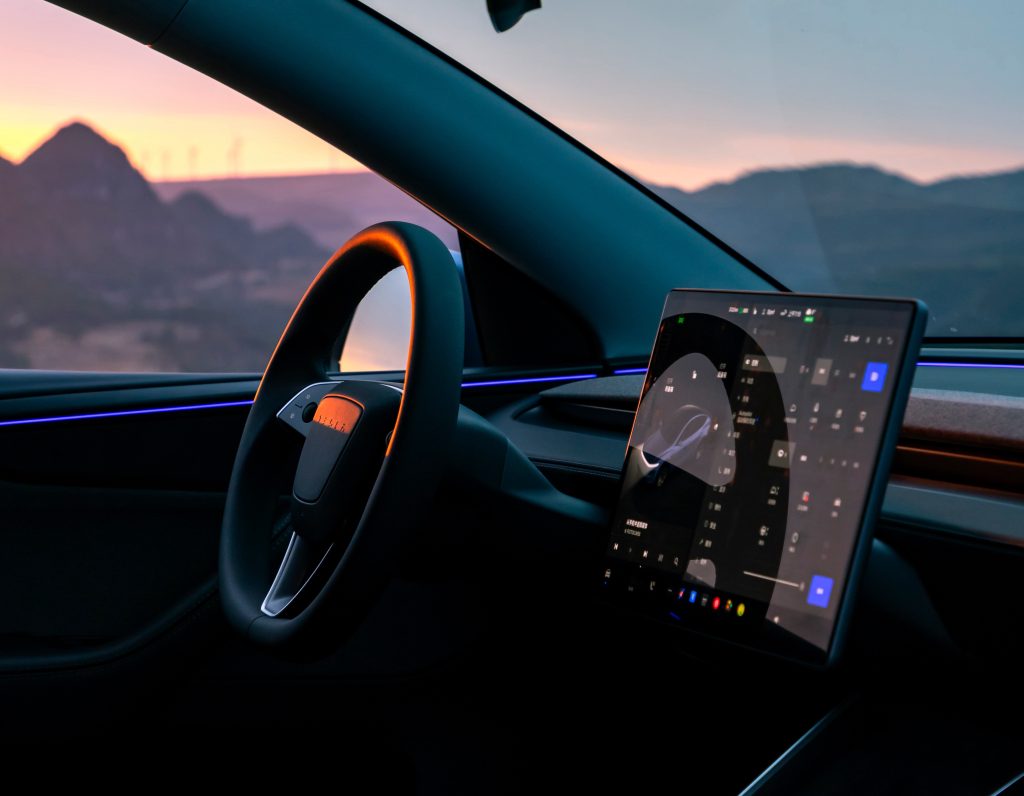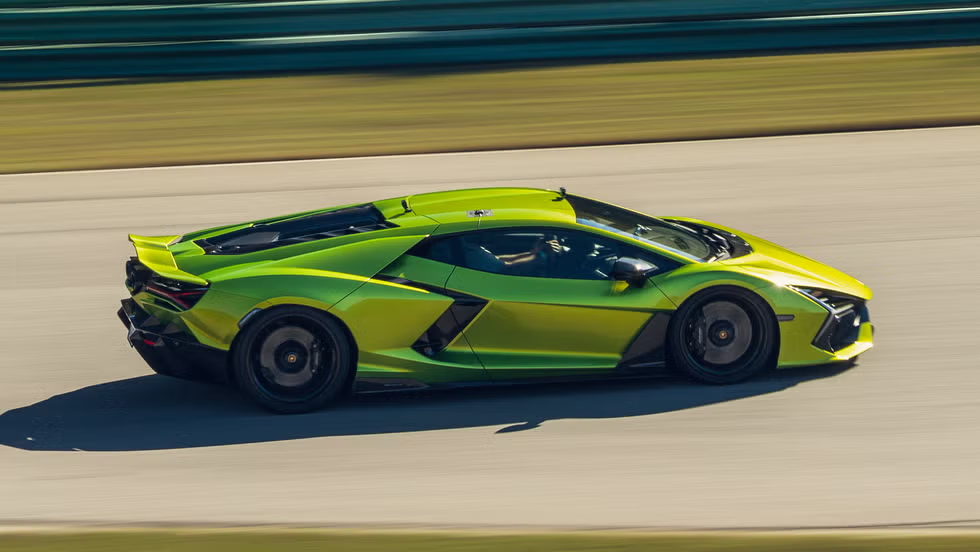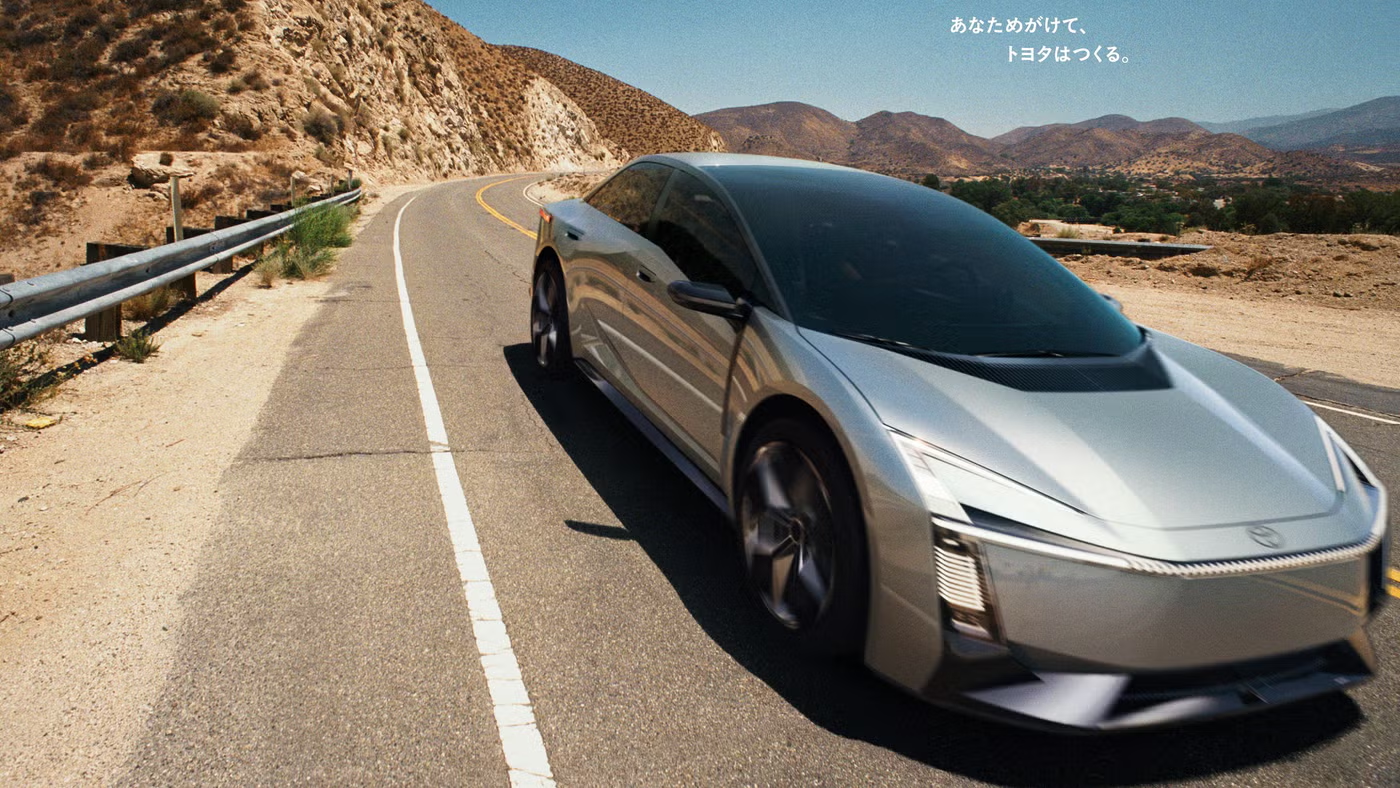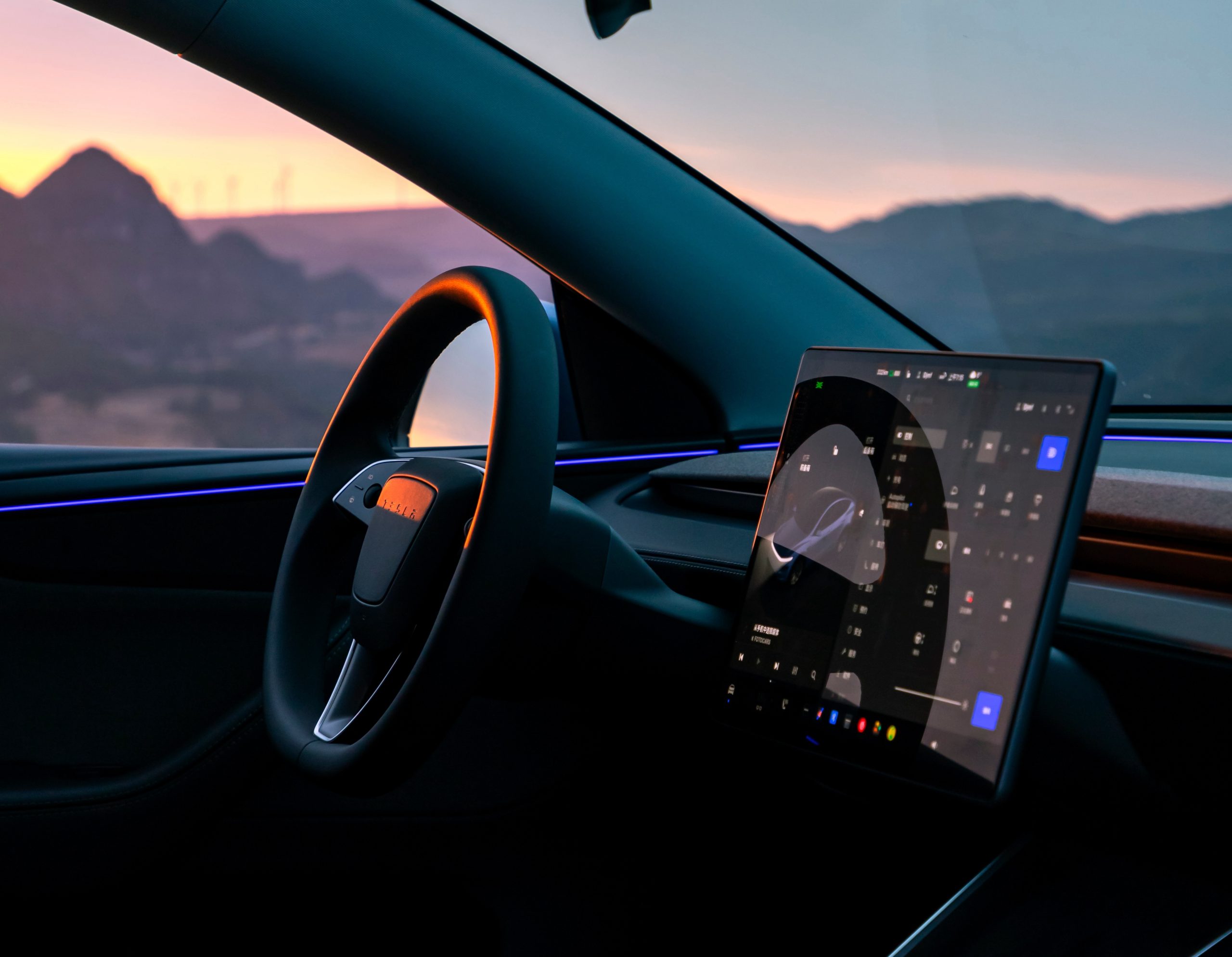The 1995 Bugatti EB110: A Supercar with Unfulfilled Promises
Reports on manufacturing, labor and earnings with clear, practical context. Drives a Tesla Model 3 RWD; family hauler is a Volvo XC60.
The 1995 Bugatti EB110, a name synonymous with speed and luxury, remains a testament to engineering prowess. However, as with many supercars, the promise of exhilarating performance does not always translate into an engaging driving experience. This article explores the history, design, and driving dynamics of the EB110, examining why this high-performance vehicle may not meet every driver's expectations.
Introduced in the early 1990s, the Bugatti EB110 was designed to revive the illustrious Bugatti marque, which had not produced a car since 1960. The EB110 emerged from Campogalliano, Italy, under the leadership of Romano Artioli, an entrepreneur whose efforts to secure funding for the project attracted much attention. The car aimed to blend the legendary power of Bugatti's past with modern technology, boasting a claimed top speed of 212 mph and a 0-to-62 mph time of 3.5 seconds. With these specifications, the EB110 positioned itself as the fastest production car available in North America at the time, with an estimated price tag of around $370,000. This ambition was matched by its engineering, featuring a 3.5-liter V-12 engine with four turbochargers, producing 553 horsepower and 451 pound-feet of torque. The vehicle's all-wheel drive and large tires were designed to harness this power efficiently, while its advanced composite construction promised a balance of strength and weight-saving.
Despite its impressive credentials, the EB110's driving experience has been described as less thrilling than its specifications suggest. The car's interior was a blend of luxury and technology, featuring leather and wood finishes and high-end sound systems. However, entering the vehicle required a bit of contortion, as the scissor doors demanded both space and agility. Once inside, drivers found a well-crafted environment, yet the driving mechanics revealed some shortcomings. The EB110's suspension allowed for a smoother ride than typical supercars, and its power steering provided adequate feedback. Yet, the supercharged V-12 engine, despite its power, suffered from notable turbo lag. This characteristic meant that drivers could not fully exploit its potential in everyday driving conditions. The turbos only engaged at higher RPMs, leading to an experience that felt restrained at lower speeds.
On the road, the EB110's handling capabilities were undeniable. Its all-wheel-drive system and substantial tires ensured traction, while the suspension system minimized body roll, providing a sense of stability even at high speeds. The car's limits were beyond the confidence of most drivers, making it a vehicle best suited for controlled environments, such as racetracks. However, this capability also contributed to its perceived lack of engagement on public roads. The EB110 was designed to perform at the highest levels, but this made everyday driving feel mundane. The handling could be described as idiot-proof, with understeer guarding against overreaching by the driver. Yet, at typical road speeds, the car ran at a fraction of its potential, diminishing the thrill of driving a supercar.
The EB110's design was also a topic of discussion among enthusiasts and critics alike. The body, made from aluminum, housed a Nomex honeycomb core sandwiched between carbon-fiber-reinforced plastic. This construction was state-of-the-art for its time, reflecting Bugatti's commitment to innovation. Yet, the real-world usability of the EB110 was questioned. The absence of a spare tire and limited cargo space made it impractical for longer journeys. The car's dimensions, while conducive to its performance goals, required compromise from taller drivers, who found themselves adjusting to fit comfortably.
In conclusion, the Bugatti EB110 stands as a symbol of ambitious engineering and luxury. It encapsulates the supercar ethos of the early 1990s, prioritizing speed and performance over practicality. Although it may not deliver the engaging drive expected from its specifications, the EB110 remains a remarkable piece of automotive history. Its legacy is one of technological achievement, albeit with an understanding that performance alone does not guarantee an exhilarating experience behind the wheel. For collectors and enthusiasts, the EB110 offers a glimpse into a pivotal moment in Bugatti's resurgence, marking a chapter that continues to influence the brand's evolution today.
Looking to the future, the lessons learned from the EB110 continue to resonate in the automotive world. Modern supercars must balance raw performance with driver engagement, ensuring that the thrill of driving is not lost in the pursuit of speed. The EB110's story serves as a reminder that the most potent vehicle is not always the most enjoyable. As manufacturers continue to push the boundaries of what is possible, the EB110's legacy will guide the development of new models, ensuring that performance and pleasure go hand in hand.
About Priya Nair
Reports on manufacturing, labor and earnings with clear, practical context. Drives a Tesla Model 3 RWD; family hauler is a Volvo XC60.



